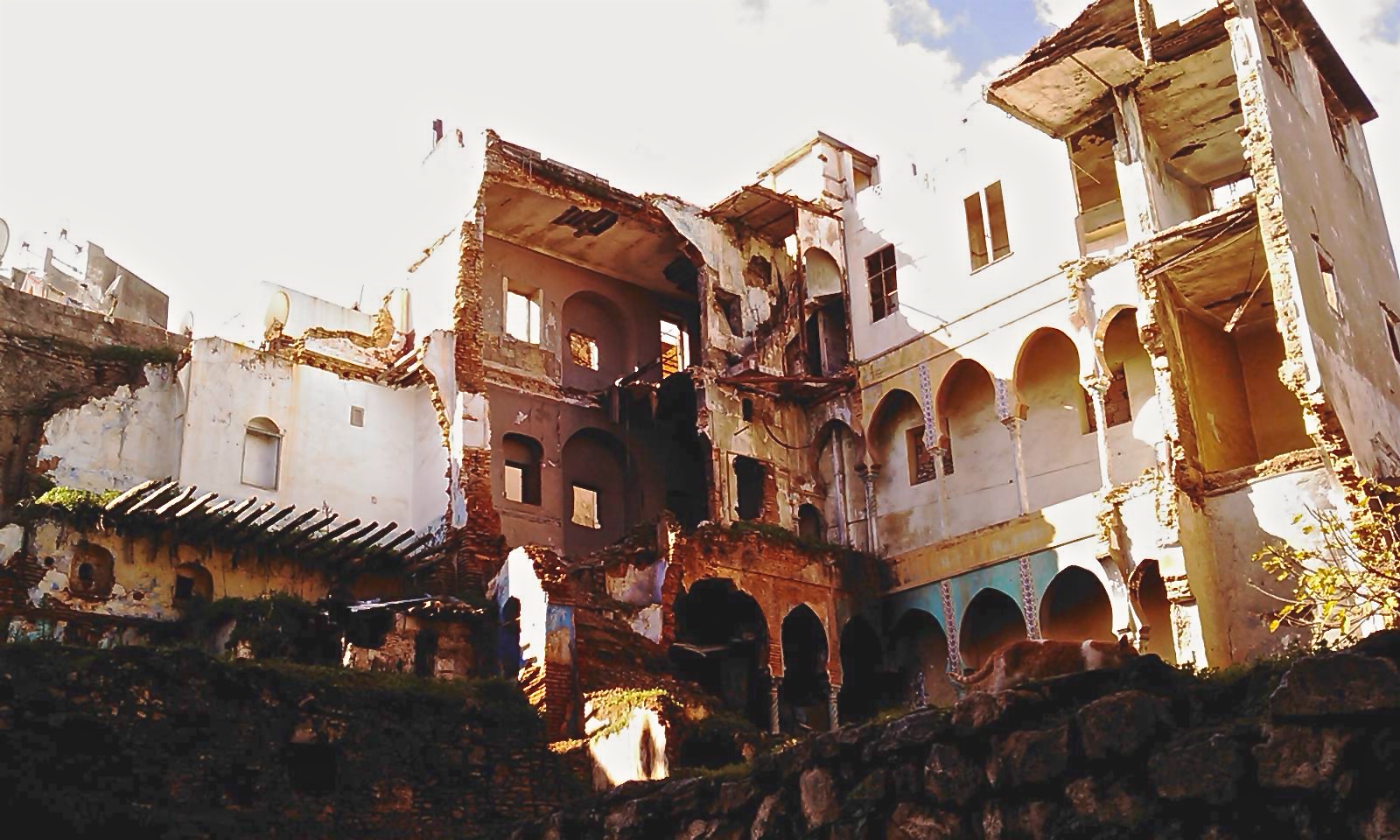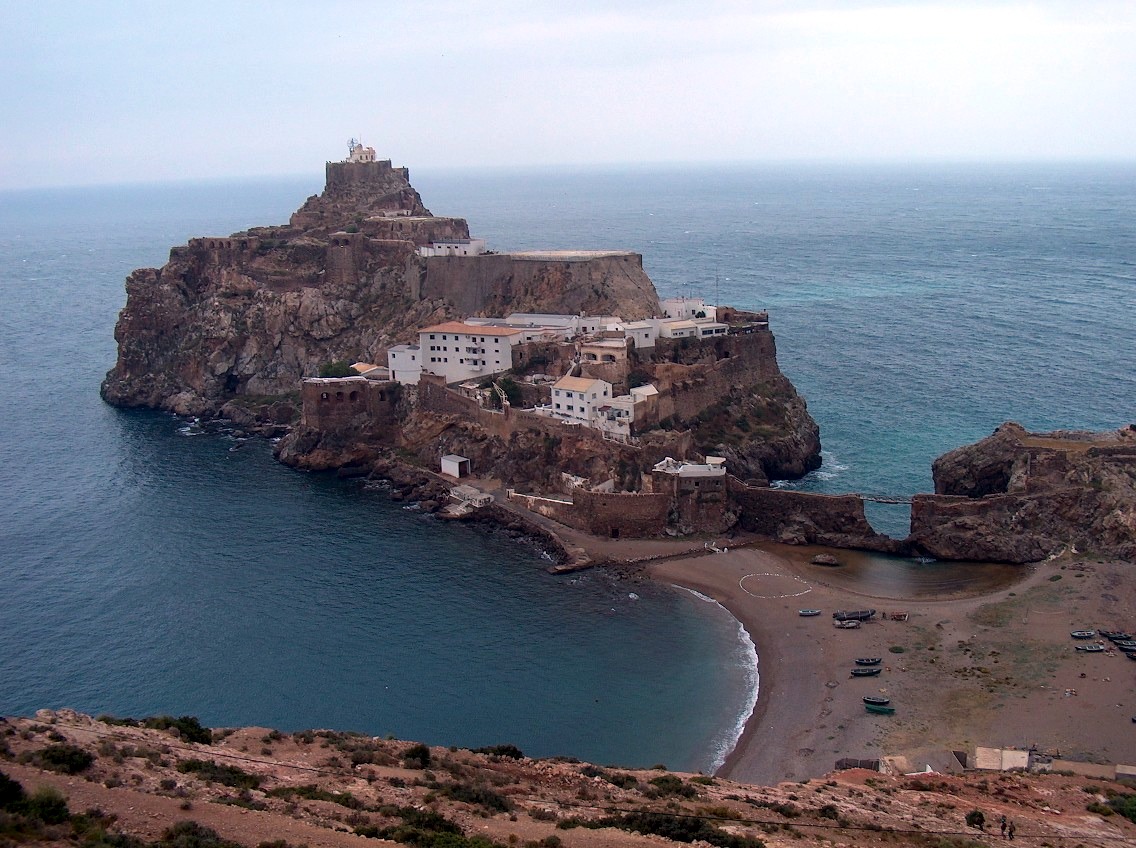|
Sidi Fredj
Sidi Fredj, known under French rule as Sidi Ferruch, is a coastal town in Algiers Province, Algeria. It is located within the territory of the Staouéli, municipality of Staouéli, on a presque-isle on the Mediterranean Sea. Obori was important enough in the Roman province of Mauretania Caesariensis to become one of the many suffragans of its capital Caesarea Mauretaniae's Metropolitan Archbishopric, but faded like most sees in Africa (Roman province), Roman Africa. Sidi Fredj was the landing spot where the French established their beachhead for the Invasion of Algiers in 1830. A number of ships of the French Navy were subsequently named ''Sidi Ferruch'', the colonial name of the town under French rule, in honour of the event. * See also *List of lighthouses in Algeria * References External links GCatholic Populated coastal places in Algeria Cities in Algeria {{Algiers-geo-stub ... [...More Info...] [...Related Items...] OR: [Wikipedia] [Google] [Baidu] |
Algiers Province
Algiers Province (, ', ; ) is a Provinces of Algeria, province (wilayah) in Algeria, named after its capital, Algiers, which is also the national capital. It is adopted from the old Departments of France#Departments of Algeria (Départements d'Algérie), French department of Alger (department), Algiers and has a population of about 8 million. It is the most densely populated province of Algeria, and also the smallest by area. In 1984, Boumerdès Province and Tipaza Province were carved out of its territory. Administrative divisions Algiers province is coincident with the city of Algiers, and is divided into 13 districts of Algeria, districts, in turn subdivided into 57 communes of Algeria, ''communes'' or municipalities. Districts The districts, listed according to official numbering (from west to east), are: Communes The communes are: # Aïn Taya (Ain Taya Forest) # Bab El Oued # Bab Ezzouar # Baba Hassen # Bachdjerrah (Bach Djerrah) # Bologhine (Bouloghine) # Bordj El Ba ... [...More Info...] [...Related Items...] OR: [Wikipedia] [Google] [Baidu] |
Algeria
Algeria, officially the People's Democratic Republic of Algeria, is a country in the Maghreb region of North Africa. It is bordered to Algeria–Tunisia border, the northeast by Tunisia; to Algeria–Libya border, the east by Libya; to Algeria–Niger border, the southeast by Niger; to Algeria–Western Sahara border, the southwest by Mali, Mauritania, and Western Sahara; to Algeria–Morocco border, the west by Morocco; and to the north by the Mediterranean Sea. The capital and List of cities in Algeria, largest city is Algiers, located in the far north on the Mediterranean coast. Inhabited since prehistory, Algeria has been at the crossroads of numerous cultures and civilisations, including the Phoenicians, Numidians, Ancient Rome, Romans, Vandals, and Byzantine Greeks. Its modern identity is rooted in centuries of Arab migrations to the Maghreb, Arab Muslim migration waves since Muslim conquest of the Maghreb, the seventh century and the subsequent Arabization, Arabisation ... [...More Info...] [...Related Items...] OR: [Wikipedia] [Google] [Baidu] |
Staouéli
Staouéli is a municipality in Algiers Province, Algeria. It is located in Zéralda district, on a Presque-isle on the Mediterranean Sea, hosting the resort town of Sidi Fredj Sidi Fredj, known under French rule as Sidi Ferruch, is a coastal town in Algiers Province, Algeria. It is located within the territory of the Staouéli, municipality of Staouéli, on a presque-isle on the Mediterranean Sea. Obori was impor .... There was a Grand Prix circuit located in Staouéli. Grands Prix was held there from 1928 to 1930, but the circuit is no longer operational. See also * Battle of Staouéli References Motorsport venues in Algeria Communes of Algiers Province Cities in Algeria {{Autoracing-venue-stub ... [...More Info...] [...Related Items...] OR: [Wikipedia] [Google] [Baidu] |
Presque-isle
Presque-isle (from the French ''presqu'île'', meaning ''almost island'') is a geographical term denoting a piece of land which is closer to being an island than most peninsulas because of its being joined to the mainland by an extremely narrow neck of land. List of presque-isles * Peñón de Vélez de la Gomera in Spain * Monte Argentario in Italy * Quiberon in Brittany, France *Saint-Malo in Brittany, France * Mahia Peninsula in the Hawke's Bay Region of New Zealand *Isle of Portland in Dorset, England * Northmavine in Shetland, Scotland *Novastoshnah, in St. Paul, Alaska * Presqu'ile Provincial Park in Ontario, Canada * Presque Isle State Park in Erie, Pennsylvania, United States * Presque Isle Township in Presque Isle County, Michigan * Catawba Island Township, Ottawa County, Ohio * Presque Isle Park, Marquette, Michigan * Presque Isle in Maine, United States * Presqu'île of Lyon, the central part of the city of Lyon, France * Vũng Tàu City, Bà Rịa–Vũng Tàu pr ... [...More Info...] [...Related Items...] OR: [Wikipedia] [Google] [Baidu] |
Mediterranean Sea
The Mediterranean Sea ( ) is a sea connected to the Atlantic Ocean, surrounded by the Mediterranean basin and almost completely enclosed by land: on the east by the Levant in West Asia, on the north by Anatolia in West Asia and Southern Europe, on the south by North Africa, and on the west almost by the Morocco–Spain border. The Mediterranean Sea covers an area of about , representing 0.7% of the global ocean surface, but its connection to the Atlantic via the Strait of Gibraltar—the narrow strait that connects the Atlantic Ocean to the Mediterranean Sea and separates the Iberian Peninsula in Europe from Morocco in Africa—is only wide. Geological evidence indicates that around 5.9 million years ago, the Mediterranean was cut off from the Atlantic and was partly or completely desiccation, desiccated over a period of some 600,000 years during the Messinian salinity crisis before being refilled by the Zanclean flood about 5.3 million years ago. The sea was an important ... [...More Info...] [...Related Items...] OR: [Wikipedia] [Google] [Baidu] |
Roman Province
The Roman provinces (, pl. ) were the administrative regions of Ancient Rome outside Roman Italy that were controlled by the Romans under the Roman Republic and later the Roman Empire. Each province was ruled by a Roman appointed as Roman governor, governor. For centuries, it was the largest administrative unit of the foreign possessions of ancient Rome. With the administrative reform initiated by Diocletian, it became a third level administrative subdivision of the Roman Empire, or rather a subdivision of the Roman diocese, imperial dioceses (in turn subdivisions of the Praetorian prefecture, imperial prefectures). History A province was the basic and, until the Tetrarchy (from AD 293), the largest territorial and administrative unit of the empire's territorial possessions outside Roman Italy. During the republic and early empire, provinces were generally governed by politicians of Roman senate, senatorial rank, usually former Roman consul, consuls or former praetors. ... [...More Info...] [...Related Items...] OR: [Wikipedia] [Google] [Baidu] |
Mauretania Caesariensis
Mauretania Caesariensis (Latin for "Caesarea, Numidia, Caesarean Mauretania") was a Roman province located in present-day Algeria. The full name refers to its capital Caesarea, Numidia, Caesarea Mauretaniae (modern Cherchell). The province had been part of the Kingdom of Mauretania and named for the Mauri people who lived there. Formerly an independent kingdom, and later a client state of Rome, it was annexed into the Empire formally during the reign of Claudius and divided into two provinces about 42 AD. A third province, named Mauretania Sitifensis, was later split off from the eastern portion during the reign of Diocletian in 293 AD. During and after the fall of the Western Roman Empire in the 5th century, most of the hinterland area was lost, first to the Vandal Kingdom and later to the Mauro-Roman Kingdom, with Roman administration limited to the capital of Caesarea. The land was reconquered by Rome during the reign of Justinian. This province was a part of Praetorian p ... [...More Info...] [...Related Items...] OR: [Wikipedia] [Google] [Baidu] |
Suffragan
A suffragan bishop is a type of bishop in some Christian denominations. In the Catholic Church, a suffragan bishop leads a diocese within an ecclesiastical province other than the principal diocese, the metropolitan archdiocese; the diocese led by the suffragan is called a suffragan diocese. In the Anglican Communion, a suffragan bishop is a bishop who is subordinate to a metropolitan bishop or diocesan bishop (bishop ordinary) and so is not normally jurisdictional in their role. Suffragan bishops may be charged by a metropolitan to oversee a suffragan diocese and may be assigned to areas which do not have a cathedral. Catholic Church In the Catholic Church, a suffragan is a bishop who heads a diocese. His suffragan diocese, however, is part of a larger ecclesiastical province, nominally led by a metropolitan archbishop. The distinction between metropolitans and suffragans is of limited practical importance. Both are diocesan bishops possessing ordinary jurisdiction o ... [...More Info...] [...Related Items...] OR: [Wikipedia] [Google] [Baidu] |
Caesarea Mauretaniae
Caesarea in Mauretania (Latin: ''Caesarea Mauretaniae'', meaning "Caesarea of Mauretania") was a Roman colony in Roman-Berber North Africa. It was the capital of Mauretania Caesariensis and is now called Cherchell, in modern Algeria. In the present time Caesarea is used as a titular see for Catholic and Eastern Orthodox bishops. History Antiquity to third century AD Phoenicians from Carthage founded a settlement on the northern coast of Africa, 100 km west of the present-day city of Algiers at present Cherchell around 400 BC to serve as a trading station and named the city Iol or Jol. It became a part of the kingdom of Numidia under Jugurtha, who died in 104 BC, and it became very significant to the Berber monarchy and generals of Numidia . The Berber Kings Bocchus I and Bocchus II lived there. During the 1st century BC, due to the city’s strategic location, new defenses were built. The last Numidian king Juba II and his wife, the Ptolemaic princess Cleopat ... [...More Info...] [...Related Items...] OR: [Wikipedia] [Google] [Baidu] |
Africa (Roman Province)
Africa was a Roman province on the northern coast of the continent of Africa. It was established in 146 BC, following the Roman Republic's conquest of ancient Carthage, Carthage in the Third Punic War. It roughly comprised the territory of present-day Tunisia, the northeast of Algeria, and the coast of western Libya along the Gulf of Sidra. The territory was originally and still is inhabited by Berbers, known in Latin as the Numidians, Numidae and Mauri, Maurii'','' indigenous to all of North Africa west of Egypt. In the 9th century BC, Semitic-speaking Phoenicians from the Levant built coastal settlements across the Mediterranean to support and expand their shipping networks. In the 8th century BC, the settlement of Carthage became the predominant Phoenician colony. Roman Empire, Rome began expanding into the Province of Africa after annexing Ancient Carthage, Carthage in 146 BC at the end of the Punic Wars, and later into Numidia in 25 BC, establishing Roman colon ... [...More Info...] [...Related Items...] OR: [Wikipedia] [Google] [Baidu] |
Invasion Of Algiers In 1830
The invasion of Algiers in 1830 was a large-scale military operation by which the Kingdom of France, ruled by Charles X, invaded and conquered the Deylik of Algiers. Algiers was annexed by the Ottoman Empire in 1529 after the capture of Algiers in 1529 and had been under its direct rule until 1710, when Baba Ali Chaouch achieved '' de facto'' independence from the Ottomans, though the Regency was still nominally a part of the Ottoman Empire. The Deylik of Algiers elected its rulers through a parliament called the Divan of Algiers. These rulers/kings were known as Deys. The state could be best described as an elective monarchy. A diplomatic incident in 1827, the so-called Fan Affair (Fly Whisk Incident), served as a pretext to initiate a blockade against the port of Algiers. After three years of standstill and a more severe incident in which a French ship carrying an ambassador to the dey with a proposal for negotiations was fired upon, the French determined that more force ... [...More Info...] [...Related Items...] OR: [Wikipedia] [Google] [Baidu] |




